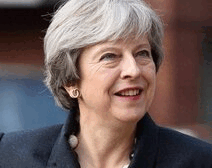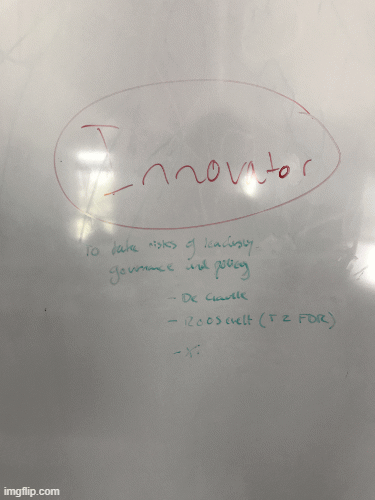
Theo Hunt
While much is said about individual political leaders and their distinctive achievements, less is discussed about their fundamental similarities: the responsibilities they have remain generally the same no matter the context, as do the limits and options of their ability as human beings. This creates shared boundaries for all leaders, and demands the same practical skills to secure and retain power. I have therefore found that all successful political leaders share five key qualities – the more successful leaders possess more of them: storytelling, philosophy, empathy, innovation, and management. The individual is important in political leadership; while the institutional machinery and political weather around leaders is relevant, individual leaders’ influence is often misunderstood or downplayed in popular and scholarly observations respectively. All leaders, to ascend and remain in high office must possess some of these social skills in depth to stay in high office. I have drawn on a range of case studies to support my argument: these skills are used by historical (Lincoln) and modern leaders (Merkel), eastern (Xinping) and western (de Gaulle), autocrat (Gorbachev) and democrat (Trump) and a miscellany of others (May & Heath). This is a new approach to political leadership, which simplifies our understanding of events by returning responsibility to key individuals and their personal qualities (or lack thereof). It also allows for direct comparison by scholars, increased depth of understanding by media and popular observers, and for lessons to be learned by would-be political leaders from quarters previously closed to them.
Theo Hunt
This is a rollover page - hover over it for more on my influences on this project!

All the leaders covered in my research, in order: May, Trump, Lincoln, Xi, Heath, Biden, de Gaulle, Gorbachev, Merkel
[This is a rollover page, drag your mouse accross to read on!

Whiteboard notes jotted down during a dull revision session in mid-June
The original blog posts can be found at:
https://thepoorlyinformedblog.blogspot.com/!
(The link will take you off this page)
Here's some more of my work on political leadership!

The Queen in 2002 with Prime Ministers (l-r) Blair, Thatcher, Heath, Callaghan, and Major. I've attacached an analysis of the skill strengths and weaknesses behind each's rise to and fall from power
Ideal example: President Trump
Failed example: Prime Minister May
2. Philosophising - understanding the leadership role; the responsibilities it has, the power available to it, and the opportunities attached to that powerIdeal examples: President Xi & Lincoln
Failed example: President Carter
3. Empathy - being the chief individual who can reflect, articulate, and shape how a community understands a crisisIdeal Example: President Biden
Failed Example: Prime Minister Heath
4. Innovation - being willing to challenge and change the community in important (and painful) ways in order to resolve substantial problomsIdeal example: President de Gaulle
Failed example: General Secretary Gorbachev
5. Management - leading a unified (and politically diverse) team that can reliably govern the community despite the difficulties of governanceIdeal example: Chancellor Merkel
Failed example: Leader of the Opposition, Jeremy Corbyn
These five skills interact, but are distinct. They may be used in a variety of situations and, when applied well, will persuade the community to affirm the leader's retaining of power. They are also neccessary in originally securing power - election campaigns and political manouvering will demand all the above to various extents. The more that are possessed by would-be leaders, and the greater the extent, the more easily a leader will secure and retain power.






























































































































































































































